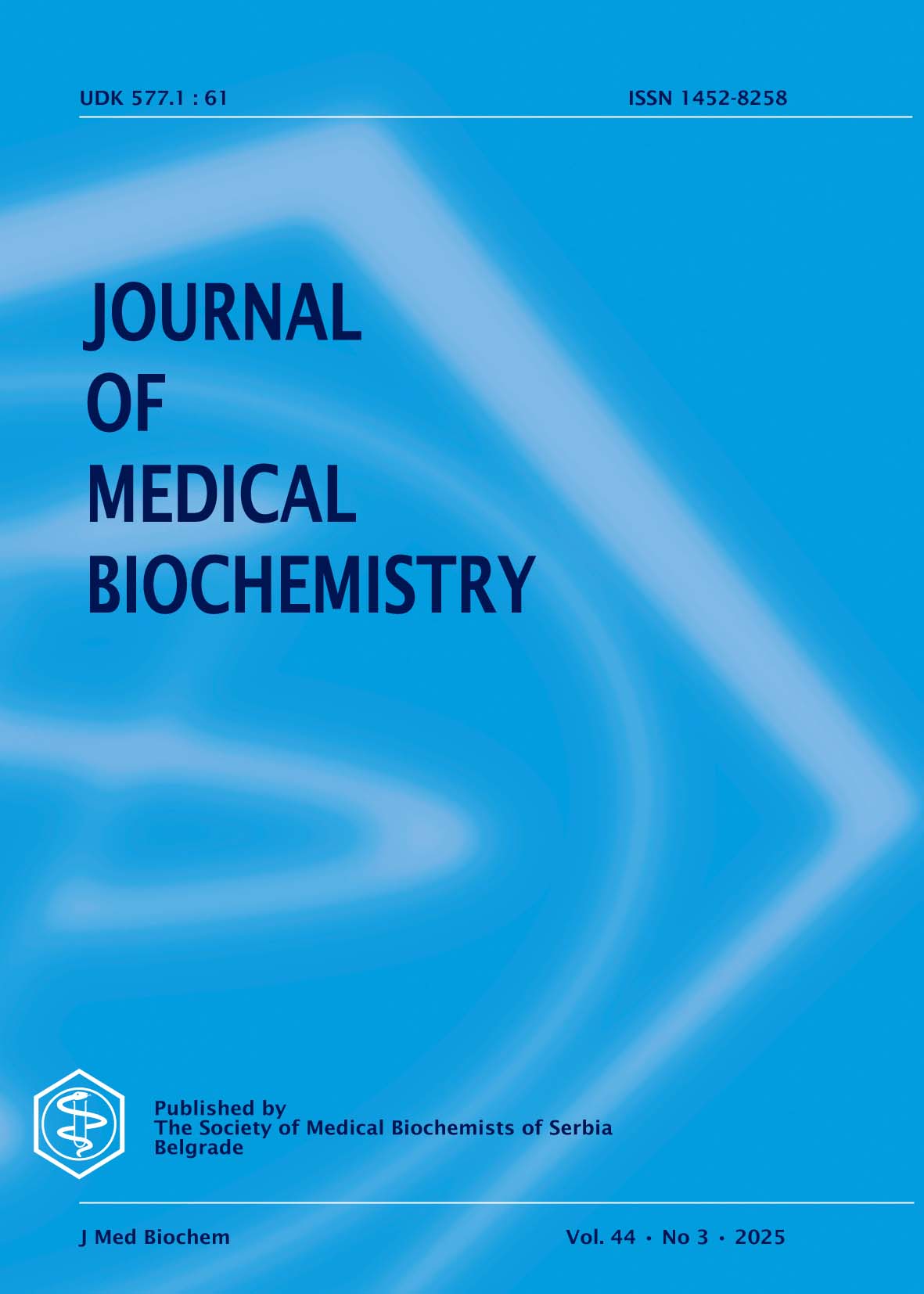Association of matrix metalloproteinases and adhesive molecules with important aspects of carotid artery stenosis
Abstract
Background: As symptom risk assessment in carotid artery stenosis (CAS) could be improved by parameters that reflect additional risk aspects such as chronic inflammation rate, and atherosclerotic activity on a systemic level, we investigated the association of serum matrix metalloproteinases-2,7,9 (MMP-2,7,9), vascular cell adhesion molecule-1 (VCAM-1) and selectins-P and E with symptomatic status, stenosis degree and plaque morphology in CAS patients in order to select parameters that associate to important clinical determinants of the symptom development risk.
Methods: The study included 119 CAS patients and 46 healthy subjects. Carotid arteries were examined by color flow Doppler and B-mode Duplex ultrasound. Serum parameters were assessed using commercially available enzyme-linked immunosorbent assays (ELISA). Difference was tested by Mann-Whitney U, Kruskal-Wallis and Chi-square tests, and Spearman’s correlation was tested.
Results: MMP-7 and selectin-P levels were higher in CAS than in controls (p<0.001). Positive correlation with stenosis degree was found for MMP-7 (r=0.155, p=0.007), VCAM-1 (r=0.127, p=0.029) and selectin-P (r=.269, p<0.001). MMP-7 and selectin-P were higher in subjects with Grey-Weale 2, comparing to subjects with Grey-Weale 3 plaques (p=0.036, p=0.009). Selectin-P was lower in the presence of Grey-Weale 4 than in Grey-Weale 2 (p=0.045).
Conclusions: Concurrent association of MMP-7 and selectin-P with both stenosis degree and carotid plaque morphology shows the joint influence of these important determinants of symptom risk that is reflected in serum parameters. This indicates that they can supply additional information outside ultrasound CAS assessment only, and their integration in a future multiscale approach for CAS risk prediction could be beneficial
Copyright (c) 2025 Ana Ružanović

This work is licensed under a Creative Commons Attribution 4.0 International License.
The published articles will be distributed under the Creative Commons Attribution 4.0 International License (CC BY). It is allowed to copy and redistribute the material in any medium or format, and remix, transform, and build upon it for any purpose, even commercially, as long as appropriate credit is given to the original author(s), a link to the license is provided and it is indicated if changes were made. Users are required to provide full bibliographic description of the original publication (authors, article title, journal title, volume, issue, pages), as well as its DOI code. In electronic publishing, users are also required to link the content with both the original article published in Journal of Medical Biochemistry and the licence used.
Authors are able to enter into separate, additional contractual arrangements for the non-exclusive distribution of the journal's published version of the work (e.g., post it to an institutional repository or publish it in a book), with an acknowledgement of its initial publication in this journal.

